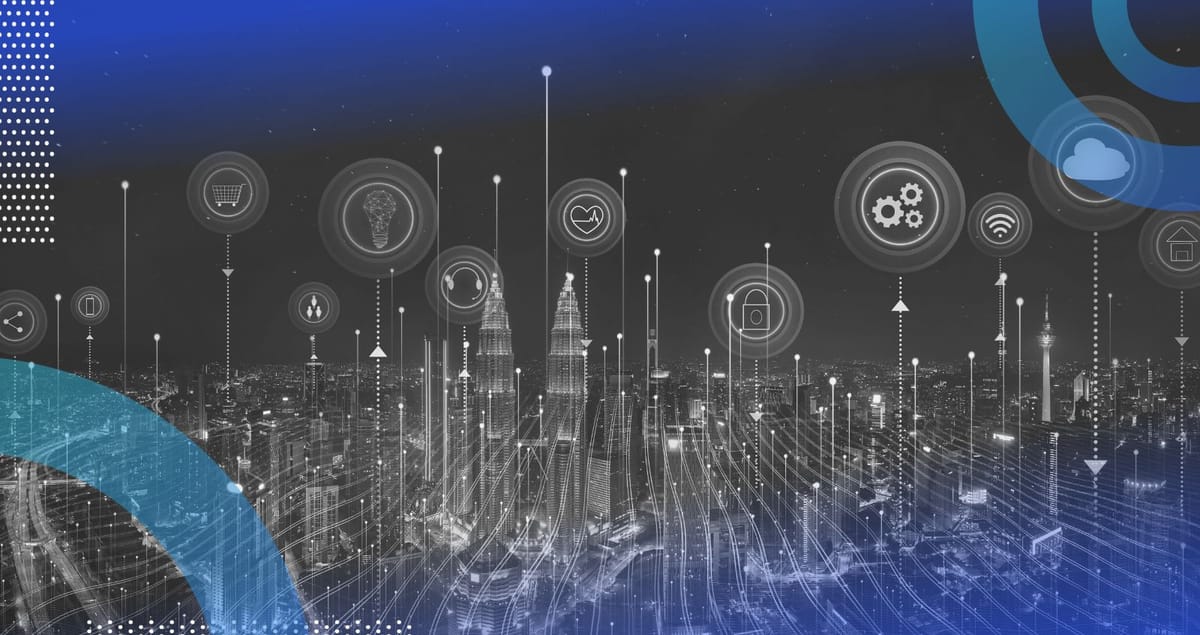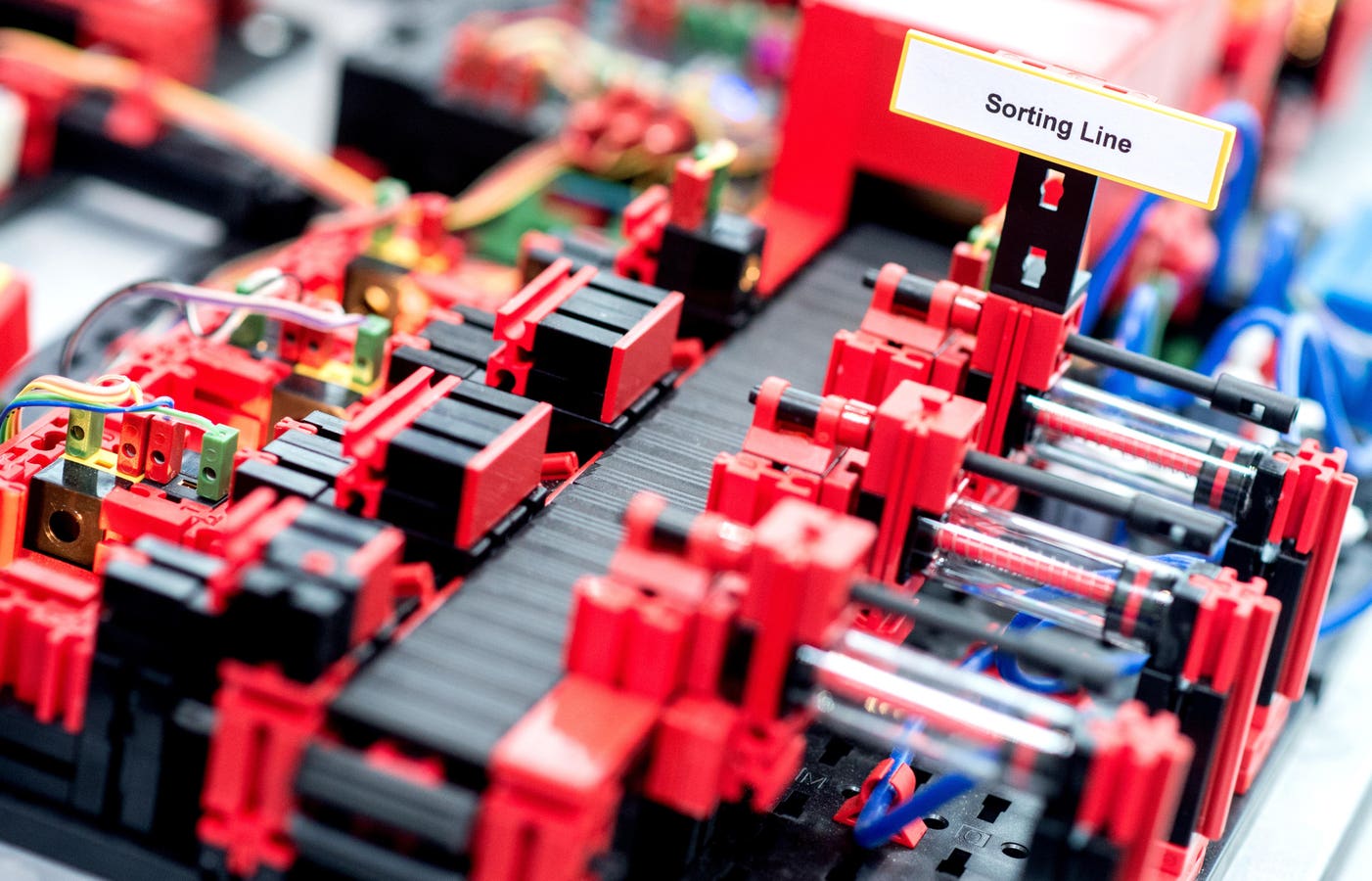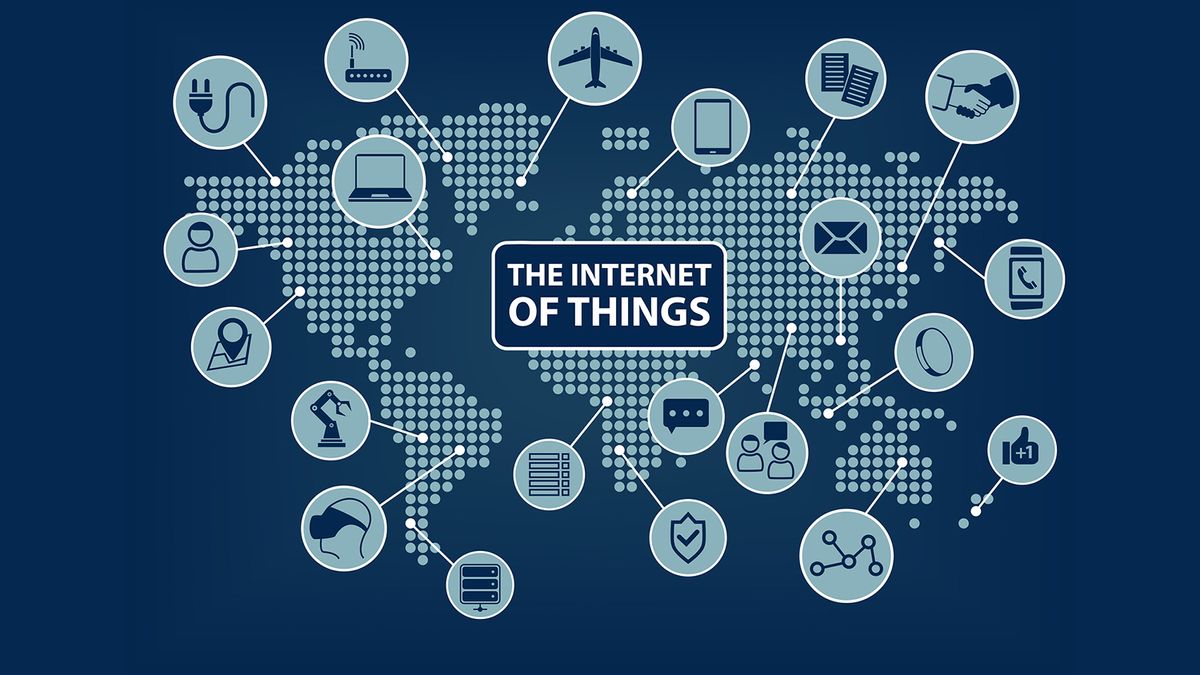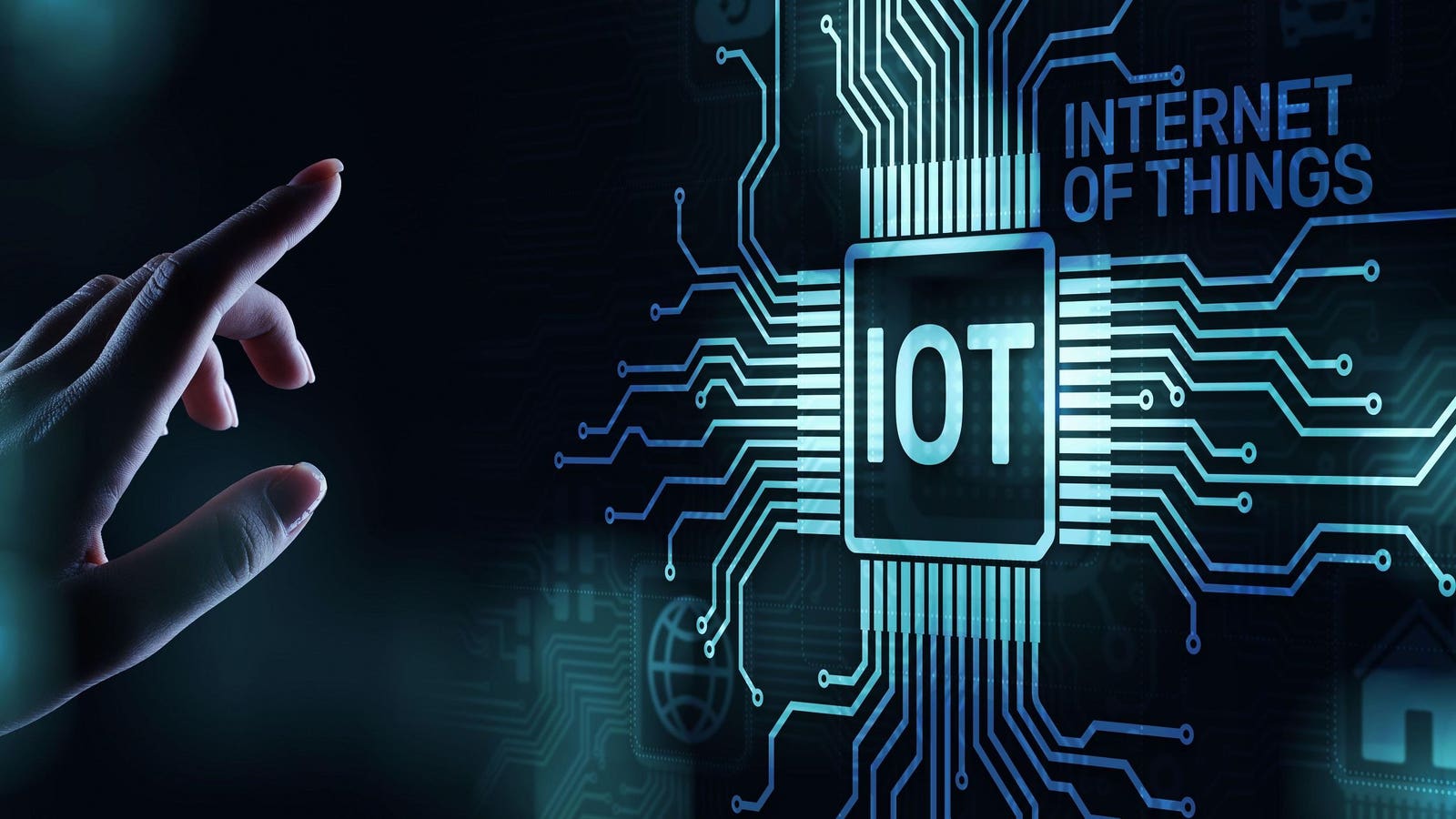Internet of things devices are becoming more and more common. Here, our expert offers some predictions for the future of the IoT.
Imagine craving a soda and walking to the nearest vending machine only to find that it was out, or worse, that the soda was warm. In the early 1980s, college students found a way to solve this problem by hooking a vending machine up to their local network in order to determine if there was still soda in stock and whether or not it was cold.
The most impressive part about this system was that it was developed before the World Wide Web existed. Despite this, it had all the trappings of an early Internet of Things-connected device. As the Internet Engineering Task Force explains it, “The Internet of Things (IoT) is the network of physical objects or ‘things’ embedded with electronics, software, sensors, actuators, and connectivity to enable objects to exchange data with the manufacturer, operator, and/or other connected devices.”
Fast forward 10 years to the early 1990s when the World Wide Web did exist: Engineer John Romkey invented the first IoT device when he connected a toaster to the internet, allowing users to turn the toaster on remotely. Later, Romkey even incorporated a crane to put bread into the toaster, automating the whole process of making toast.
Today, connected devices are commonplace, whether in the form of smartwatches, smart dishwashers and smart cars, to name just a few. Connected devices will continue to proliferate into everyday life for a plethora of reasons. Three of those reasons are most salient, however: cost decreases, network improvements as 5G rolls out around the world, and the wide variety of connected technologies.
In 1965, Intel cofounder Gordon Moore observed that “the number of transistors on a microchip roughly doubles every two years, whereas its cost is halved over the same timeframe.” The impact of what was later labelled Moore’s law can be extrapolated beyond semiconductors: as computing devices exponentially grow, we simultaneously see a reduction in costs to the manufacturer and consumer.
This idea was revolutionary because it made clear that processers, sensors and devices could get smaller and, more importantly, cheaper. And indeed, the price of IoT sensors has gone down significantly.
Moore’s law means that, as devices have gotten less expensive to manufacture and purchase, there has been an exponential increase in the number of devices in circulation and opportunities for connectivity. We can see expected growth in the number of these devices even in just the last year. There were 12.2 billion IoT connections globally in 2021, and that figure is anticipated to grow 18 percent in 2022 to 14.4 billion connected devices, according to IoT Analytics. Increased affordability is a key driver of the widespread adoption of such devices.
Cost alone is far from the only factor that will determine the growing reach of IoT devices in the future, however. For the IoT to really take off, there has to be an efficient, quick way to connect to networks and other devices. The IoT truly came into its own during the 2G era thanks to network-enabled, machine-to-machine communication.
Now, 5G — the fifth generation of network technology that is up to 100 times faster than its predecessor — is poised to be the gamechanger IoT has been waiting for. Data transmission is integral to the IoT’s success, and 5G allows for significantly faster device connection and data transfer, which will allow for major IoT advancements.
Further, 5G is making a global impact as more countries implement its capabilities each month; 70 countries have 5G networks as of June 2022, up from 38 in June 2020, according to Statista.
Companies should be ready to capitalize on this global 5G growth and its implications for IoT devices. Technology is continuously advancing, and companies should assess how to implement such technologies into their business, not for today but the long term. Creating an IoT strategy isn’t something that can happen overnight, but rather requires planning and a long-term vision, especially due to the significant investment. Businesses that want greater connectivity and more granular data should consider such a strategy, and map out the infrastructure and security investments they will need to enable it.
The IoT could lead to a complete shift in the way people live, ushering in an era more enabled by technology. It has already enabled connectivity and insights through our personal devices, homes and cities.
Personal devices continue to evolve, allowing new ways to use data to improve our lives and make us more interconnected, whether through smart watches, smartphones or even smart rings, especially as the devices get less expensive. For instance, smart health monitors allow users to track daily physical activity and monitor health issues. Likewise, homes are adopting with smart home technology so that our houses can be automated. This includes everything from more efficient electricity and gas usage to automatic alarms, smart door locks and smart thermostats.
On a broader scale, emerging smart cities entail metro areas and other communities using sensors to collect data with the goal of improving city operations and citizens’ lives. Applications to learn about water consumption, air pollution, crime stats, and traffic are just a few ways cities are becoming more connected. In terms of these types of applications, New York City is one of the smartest cities in the world, according to McKinsey, implementing sensors as they implemented a “smart city pilot program” in order to track everything from water leakage to traffic congestion.
The future of the IoT is endless. As its usage globally continues to grow and more devices have connective ability, the network capabilities will also continue to develop and expand.



